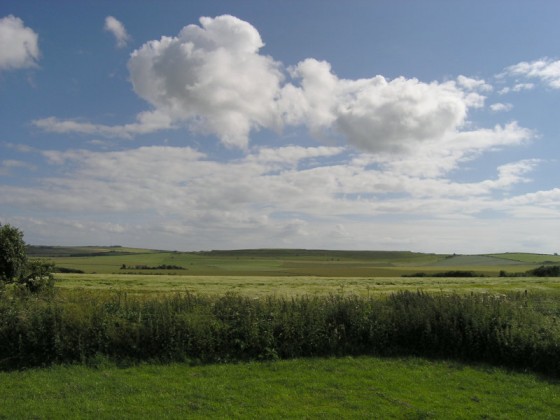The Government has come up with the most extensive and controversial planning guidelines since the 1950s. Brace yourself for big changes. The question is, will these planning changes keep us all happy?
The easiest approach is just to condemn the Government because… well, because everyone’s doing it, however, if you look at house prices in Britain, you’ll soon realise that something’s not quite right. You can hardly buy a decent semi-detached home and have a lot of change from £160,000. In Germany and France you can get the same footage of habitable space for roughly half the price. Half the price!!! And it’s not that our salaries are twice as big as on the continent.

One of the main reasons for the property prices being so high is the deficiency of suitable housing. There are other factors like the lack of cheap mortgages and the imbalance of property ownership due to the fact that so many homes are simply serving as cash-cows for “serial” landlords but it is obvious that if we built more houses, we could bring the much needed stability in the UK property market.
On the other hand there is the environmental issue. New development potentially comes with hazard to the environment. What we really need is a perfect harmony between development and sustainability. There’s an early indication that the new planning policy or National Planning Policy Framework as it’s called, will have what’s needed to keep both sides happy.
What’s in the new National Planning Policy Framework?
The changes in planning guidelines were needed to kick-start the development. It’s good both for the economic development and for the building industry as such. The most controversial bit in the planning guidelines is the possibility to develop the land that’s previously stood empty. What’s not acceptable is if the new regulations will harm the unique ecosystem of Britain. However, after the loud outcry from various environmental organisations, including the Campaign to Protect Rural England, the plans have been “greenified”.
Compared to an earlier version, the biggest change is a removal of a default “yes” to development. It would have been far too easy to misinterpret meaning many beautiful spots of our countryside being converted into building sites. That’s something that we shouldn’t worry about any more.
According to the Campaign to Protect Rural England, the latest version of NPPF incorporate a clearer definition of sustainable development. The countryside and protection of biodiversity will come first when making decisions of whether to allow development on a particular site or not.
We’ll have to keep an eye on how the new plan works in real life, however, all in all, it is good news. It may be an important step towards economical recovery.
